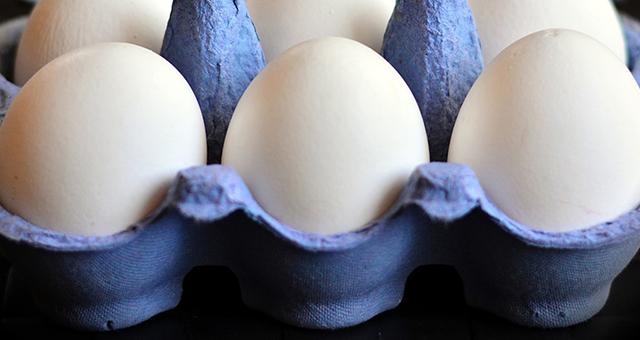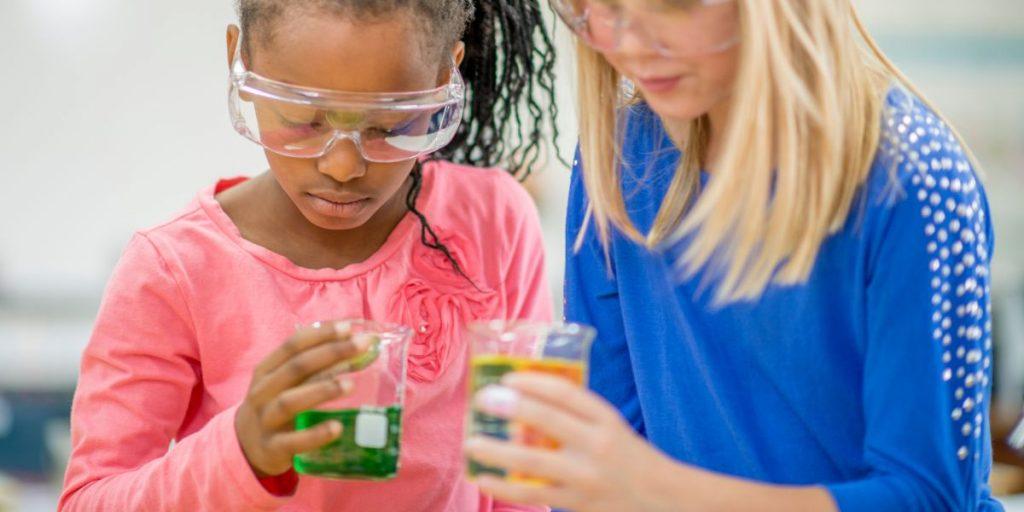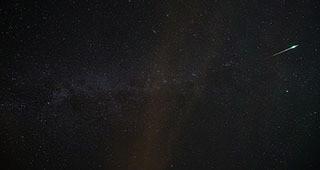Sir Isaac Newton is famous for figuring out certain rules that apply to things on earth. One of his rules is that matter can take three forms: solid, liquid and gas. Liquids flow and take the shape of the container they are in. You can see that happen when you pour a glass of water. This activity using borax and cornstarch goo will show you something interesting.
Usually matter turns into a liquid when it is heated. When liquid is heated it “gets runnier.” How easily a liquid flows is called viscosity. Water has a low viscosity and flows fast. Honey has a high viscosity and flows slowly. If you heat honey or lava…it flows faster. That is one of Sir Isaac’s rules too…that the viscosity of liquids goes up as the liquid is heated. Mix up this borax or corn starch goo and see how it behaves. Is it a liquid or is it a solid?
What You Need
Cornstarch Goo:
- Cornstarch
- Water
- Bowl
- Measuring Cup
- Cookie Sheet or Tray – with sides!
- Gallon Size Ziploc Bag (optional – for storage)
Borax Goo:
- White Glue
- Borax (in the laundry detergent aisle)
- Water
- Bowl
- Ziploc Bag
- Measuring Cups
- Spoon
- Cookie Sheet
- Food Coloring (Optional)
Put 1 cup of cornstarch or borax in a mixing bowl. Add water slowly – about 1/2 cup. Mix the goo with your hands until it starts to feel like a sticky glue. Try to pick up a handful of the goo. Squeeze your hand around the goo to make a fist around it. What happens? Now relax your hand. What happens now? Pour the goo onto a cookie sheet or tray. Make sure the sheet or tray has sides! Lay your hand on top of the goo and leave it there for a few seconds. Pull your hand straight up and watch what happens.
Cornstarch or borax goo is an anomaly – that means it’s weird! It doesn’t act like it should. The goo seems like a liquid because it flows off your fingers and it takes the shape of the container you put it in. But when you squeeze the goo…it turns into a solid. So which is it? A liquid or a solid? These goos are called a non-Newtonian fluids because they don’t behave by Sir Isaac Newton’s rules.
Polymers
Cornstarch and borax goo are also a polymer. That means their molecules are arranged in a long chain. When the chain of molecules stretches…like the goo flowing off the fingers in this photo, the goo behaves like a liquid and flows. As soon as the goo has pressure applied to it – like when you squeeze it in your fist or when you rest your hand on it in the tray, it behaves like a solid and feels stiff and strong. With goo, the viscosity changes when you put pressure on it instead of when you heat it. Weird again!
Science Project Idea
Get three bowls and measure 1 cup of a powdered substance into each bowl. 1 cup of cornstarch in bowl #1, 1 cup of baking soda in bowl #2 and 1 cup of flour in bowl #3. If you step back and look at the bowls they will all look pretty much the same – a bowl with white powder in it. Now pour 1/2 cup of water into each bowl and mix each bowl with your fingers. Do the mixtures behave the same? How do they behave differently? How would you describe each mixture? A solid or a liquid? You could also try baking soda and powdered sugar.
Websites, Activities & Printables
- SciShow Kids Video: Let’s Make Slime!
- Exploratorium: Outrageous Ooze
- Science Bob: Make Slime with Starch
- Science Bob: Make Slime with Glue and Borax
- The Museum of Science and Industry: Hands-on Science – Slime
- Steve Spangler Science: Non-Newtonian Cornstarch Recipe
- Oregon Museum of Science and Industry: Flubber
- Steve Spangler Science: How to Make Slime
- Bizarre Stuff: Slime
- 10 STEM Activities for Oobleck, or Corn Starch Goo
- Amazeum Oobleck Printable Activity Guide

You can also ask a math and science expert for homework help by calling the Ask Rose Homework Hotline. They provide FREE math and science homework help to Indiana students in grades 6-12.
e-Books & Audiobooks
Use your indyPL Library Card to check out books about Science Experiments at any of our locations, or check out science experiment e-books and audiobooks from OverDrive Kids right to your device! If you have never used OverDrive before, you can learn how to use e-books and learn how to use audiobooks.
Need more help? Ask a Library staff member at any of our locations or call, text or email Ask-a-Librarian. Additionally, the Tinker Station helpline at (317) 275-4500 is also available. It is staffed by device experts who can answer questions about how to read, watch and listen on a PC, tablet or phone.
Satisfying DIY Recipe Books to Experience and Explain Polymers & the Science of Slime
Between them, these ten books provide 100+ different ways to explore slime, science that is stretchy, squishie and satisfying to mix up and ooze through your fingers! You experiment, these books will help you explain why slime behaves the way it does. Slime is fun. It’s also the science of polymers and chemistry.





































